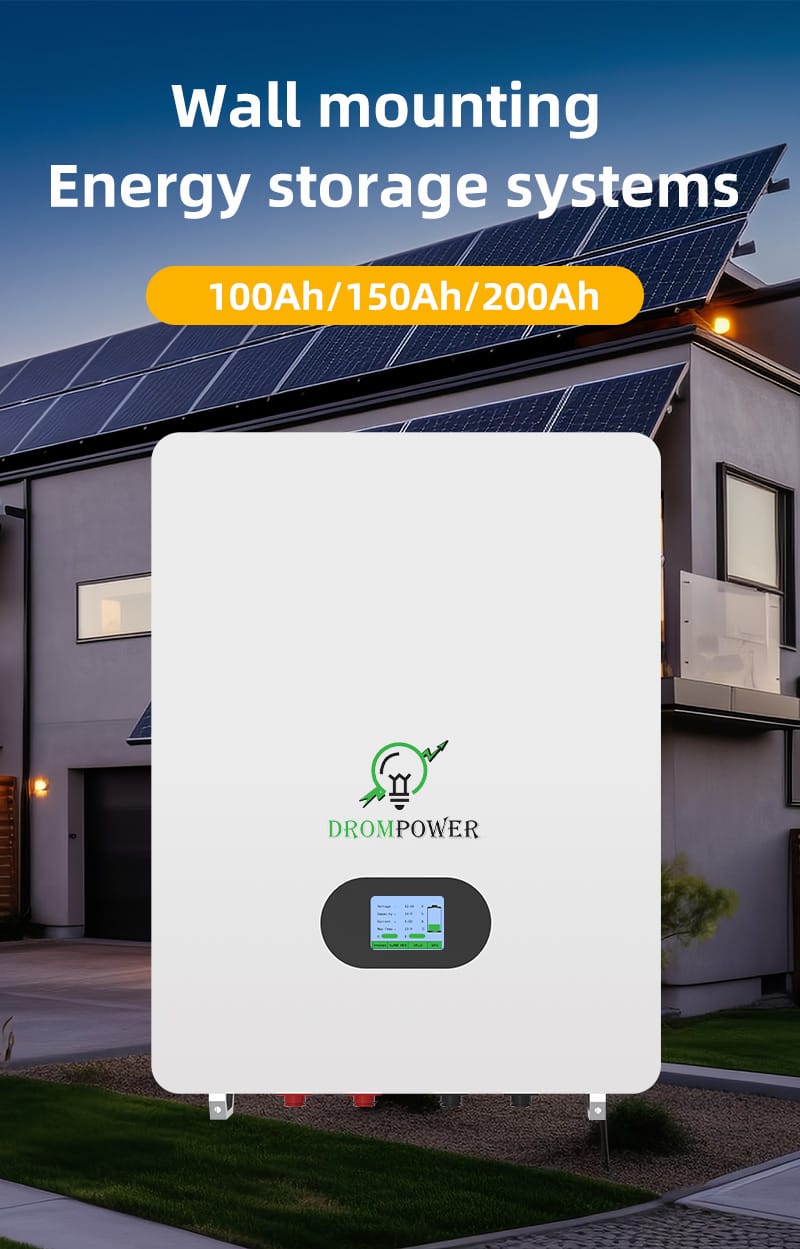A lithium battery with a capacity of 200Ah and a voltage of 48V, capable of delivering 5000W of power, represents a robust energy storage solution suitable for various applications, from residential to commercial and industrial use. Here's a breakdown of its features:
1. Capacity (200Ah): This indicates the amount of energy the battery can store. In this case, 200Ah means the battery can theoretically deliver a continuous current of 200 amps for one hour or 100 amps for two hours.
2. Voltage (48V): The voltage rating of 48V is significant for compatibility with systems designed to operate within this voltage range. It's a common voltage for many renewable energy systems, electric vehicles, and industrial applications.
3. Power Output (5000W): This indicates the maximum power the battery can deliver at any given time, often referred to as the battery's power rating. In this case, it can provide up to 5000 watts (or 5 kW) of power output, which is suitable for applications requiring high power demands, such as backup power systems, electric vehicles, or off-grid solar installations.
4. Lithium Technology: Lithium batteries offer several advantages over traditional lead-acid batteries, including higher energy density, longer lifespan, faster charging times, and lighter weight. These characteristics make them ideal for applications where space and weight are critical factors, or where frequent cycling and deep discharges are expected.
5. Dry Cell: The term "dry cell" typically refers to a type of battery that uses a gel or absorbed glass mat (AGM) electrolyte rather than a liquid electrolyte. Dry cell lithium batteries are maintenance-free, spill-proof, and can be installed in various orientations without concerns about electrolyte leakage.
Overall, a lithium battery with these specifications provides a reliable and efficient energy storage solution for demanding applications requiring high capacity, voltage, and power output.





